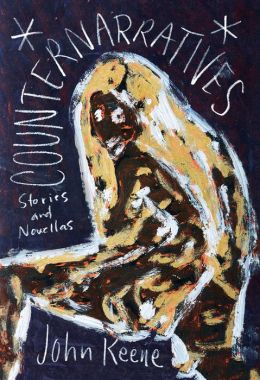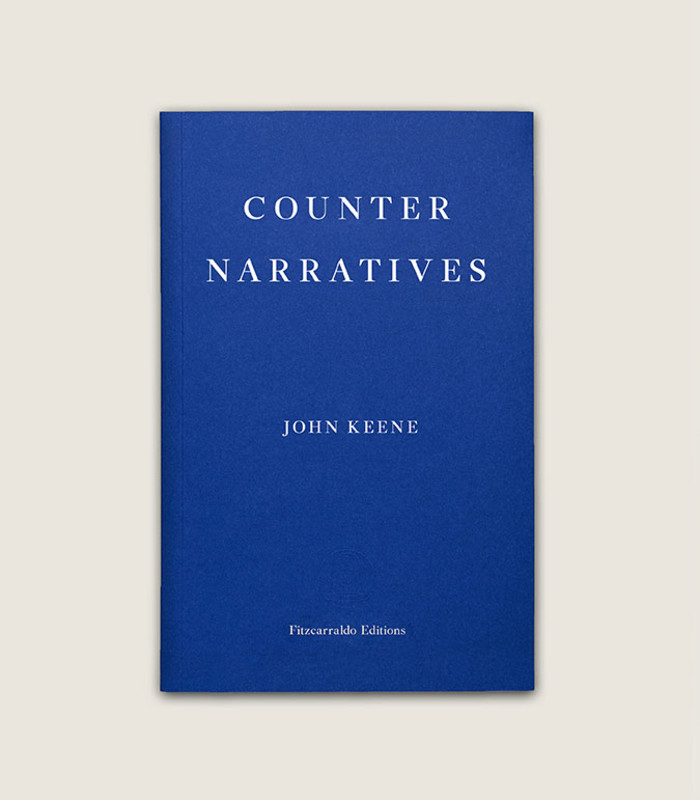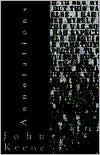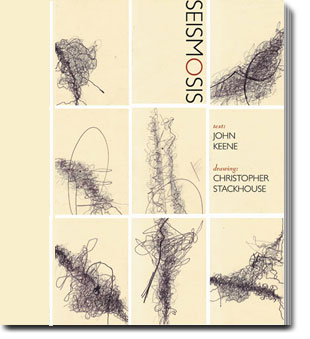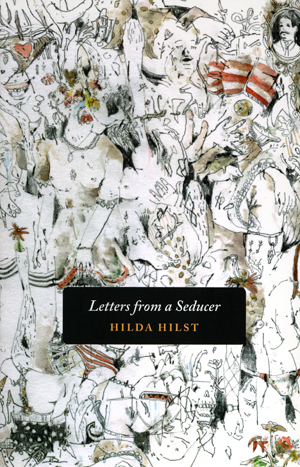 |
| John Bufford after William L. Champey, ca. 1856 |
Just because:
"Some call them shavers, some call them geniuses. The plain English is, gentlemen, most probably a motley rabble of saucy boys, negroes and molattoes, Irish teagues and outlandish jack tarrs. And why we should scruple to call such a set of people a mob, I can't conceive, unless the name is too respectable for them: The sun is not about to stand still or go out, nor the rivers to dry up because there was a mob in Boston on the 5th of March that attacked a party of soldiers. Such things are not new in the world, nor in the British dominions, though they are comparatively, rareties and novelties in this town. Carr a native of Ireland had often been concerned in such attacks, and indeed, from the nature of things, soldiers quartered in a populous town, will always occasion two mobs, where they prevent one. They are wretched conservators of the peace!"
-John Adams, defending the British soldiers, at the Boston Massacre Trial, 1770
"This Attucks...appears to have undertaken to be the hero of the night...to have this reinforcement coming down under the command of stout mulatto fellow, whose very looks was enough to terrify any person, what had the soldiers to not to fear?"
-John Adams, defending the British soldiers, at the Boston Massacre Trial, 1770
"Ran-away from his Master William Brown of Framingham, on the 30th of Sept. last, a Molatto Fellow, about 27 Years of Age named Crispus, 6 Feet two inches high, short curl'd Hair, his Knees nearer together than common, had on a light colour'd Bearskin Coat, plain brown Fustian Jacket, or brown all-wool one, new Buckskin Breeches, blue Yarn stockins, and a check'd woollen shirt."
Boston Gazette, October 2, 1750.



